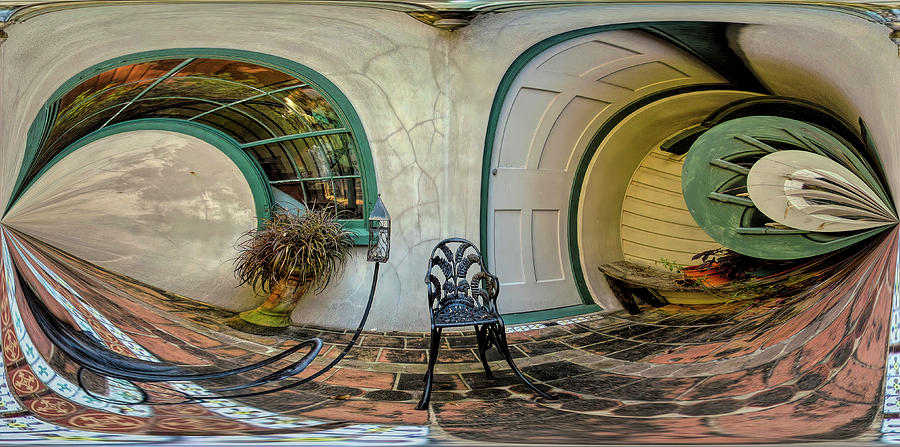
It is a reason why Yosemite is a poster park of global warming, beset in recent years not just by drought, blistering heatwaves and wildfires, but also by epic blizzards and snowmelt floods. The view of Yosemite Valley has repeatedly been obscured by wildfire smoke, including in 2018, 2020, and last year, when fires forced park closures and evacuations. In 2015, then again in 2020, the number of burned acres from wildfires crossed the 10 million-acre mark.

Half Dome nearly obscured by wildfire smoke. Unlike a sunrise that quickly brightens from gold to blinding white, the sun rose behind Half Dome as a pinkish-orange pinhole and bizarrely remained a tiny, reddish-orange pea in the sky more than an hour later. It is a view made famous by photographer Ansel Adams. Glacier Point is famous for its spectacular vantage point of looking straight across a gulf to 8,839-foot Half Dome. It was a daylight I had never seen or smelled. Because the weather forecast called for clear skies, I kept hoping it was rogue cloud cover.

My eyes fought to peer through the thickening mystery until even the brightest bursts of light were obliterated.

Then, shortly after 3 a.m., a milky film slid across the sky as if a window shade were being closed sideways.

At 7,214 feet and more than a half mile above Yosemite Valley, this was a perfect place to watch the August Perseid meteor shower sizzle overhead.įor a precious hour or so, zips of light etched the skies, punctuated by periodic long trails and fireballs. I was flat on my back on blankets, under the stars in the middle of the night at Glacier Point in Yosemite National Park. My window into global warming ruining a rite of summer came 16 years ago.


 0 kommentar(er)
0 kommentar(er)
